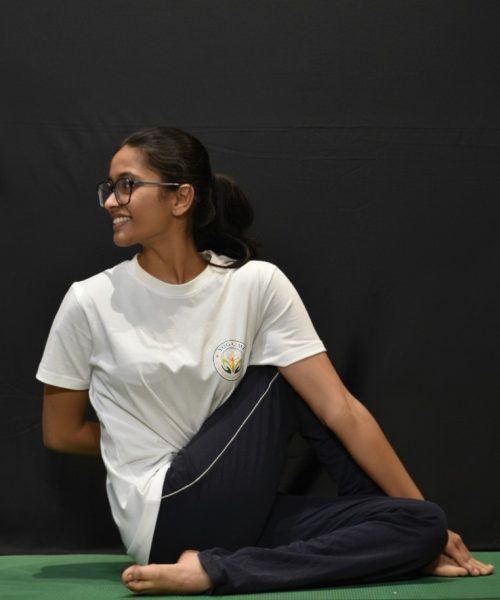
Kundalini Yoga is a spiritual and energetic form of yoga designed to awaken the kundalini energy believed to be coiled at the base of the spine.
It combines dynamic movements, breathwork, chanting, meditation, and mudras to activate this energy and guide it upward through the chakras.
It is often called the “Yoga of Awareness” because its main purpose is to expand consciousness and inner clarity.
A kriya is a set of exercises, breath patterns, and meditations done in a specific order for a specific purpose (e.g., detox, lungs, stress release, intuition).
Breath of Fire
Long deep breathing
Alternate nostril breathing
Breathing is essential for energy movement.
Used to uplift the mind and raise energy.
Common mantra: “Sat Nam” (means “Truth is my identity”).
Hand positions and concentration practices help balance the nervous system and chakras.
Unlike more physical yogas (Hatha, Vinyasa), Kundalini emphasizes:
Energy awakening
Emotional healing
Mental clarity
Inner awareness
Reduces stress and anxiety
Balances emotions
Strengthens the nervous system
Improves lung capacity
Enhances mental clarity
Boosts intuition
Increases energy and emotional resilience
Helps release emotional blockages
Many people feel energized, calm, or emotionally clear after practice.
Breath of Fire (rapid breathing)
Kirtan Kriya (chanting “Sa Ta Na Ma”)
Frog Pose
Sat Kriya (powerful energy-activating kriya)
Ego Eradicator
Spinal Flex
These help awaken and move energy along the spine.
Kundalini can be intense for some people. Avoid or go slow if:
You have anxiety disorders
You are sensitive to intense breathwork
You have heart or respiratory issues
You feel dizzy during Breath of Fire
Always start gently with a certified teacher.